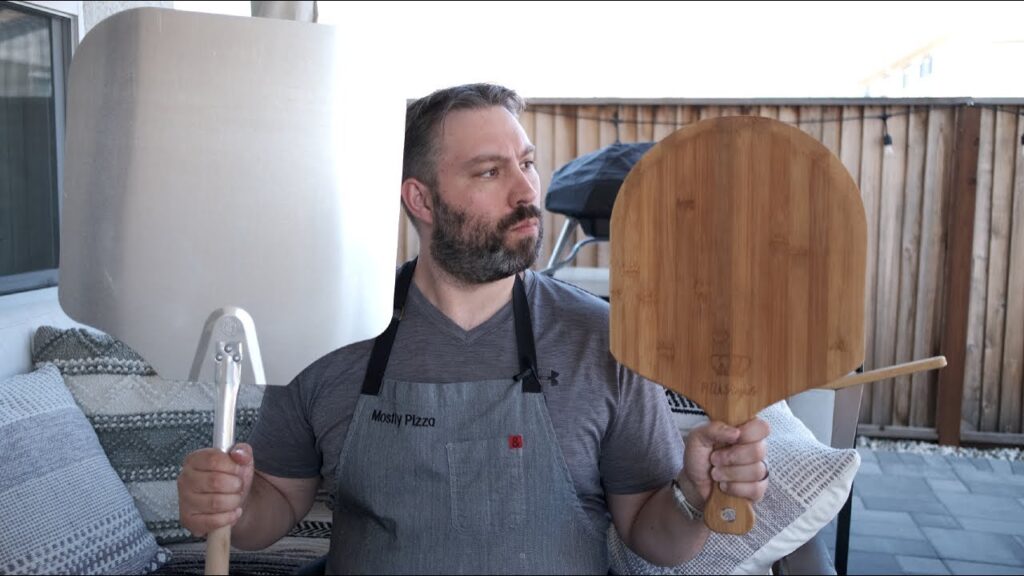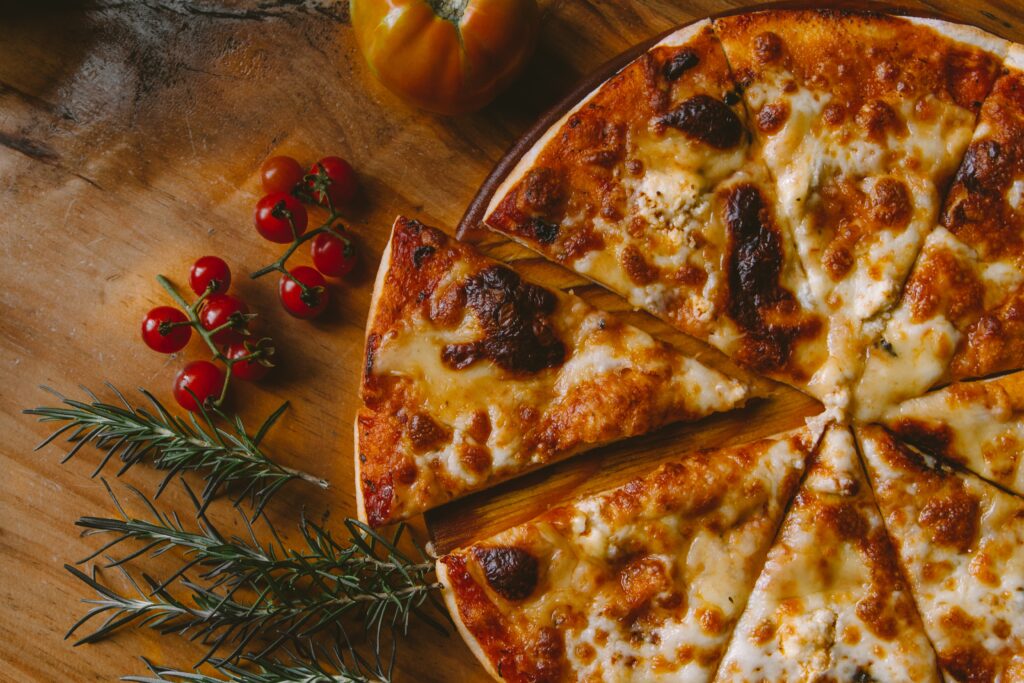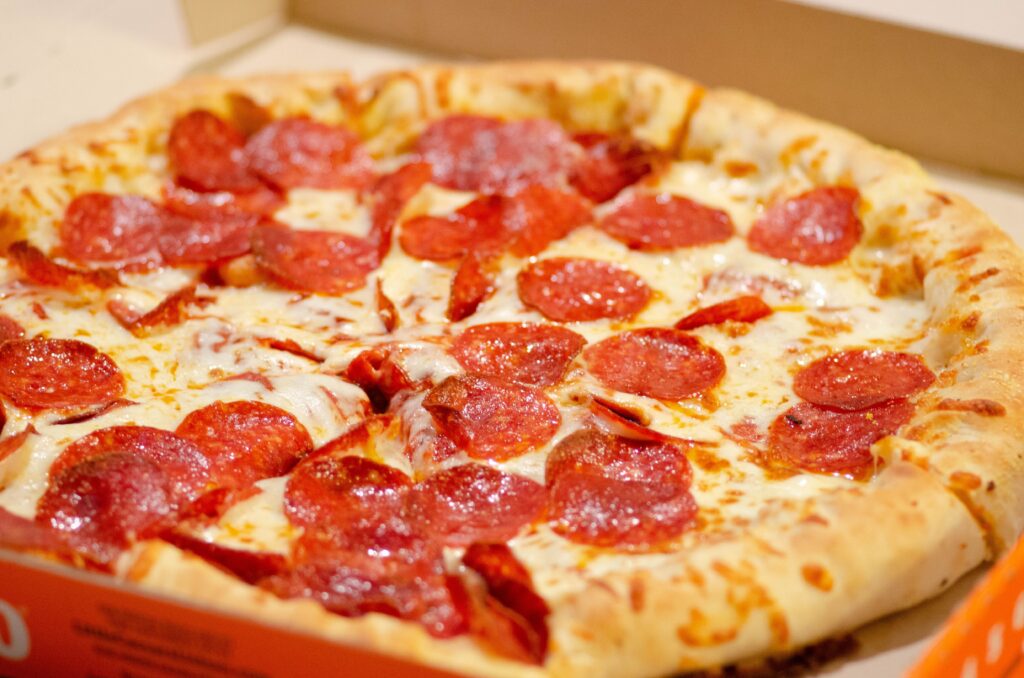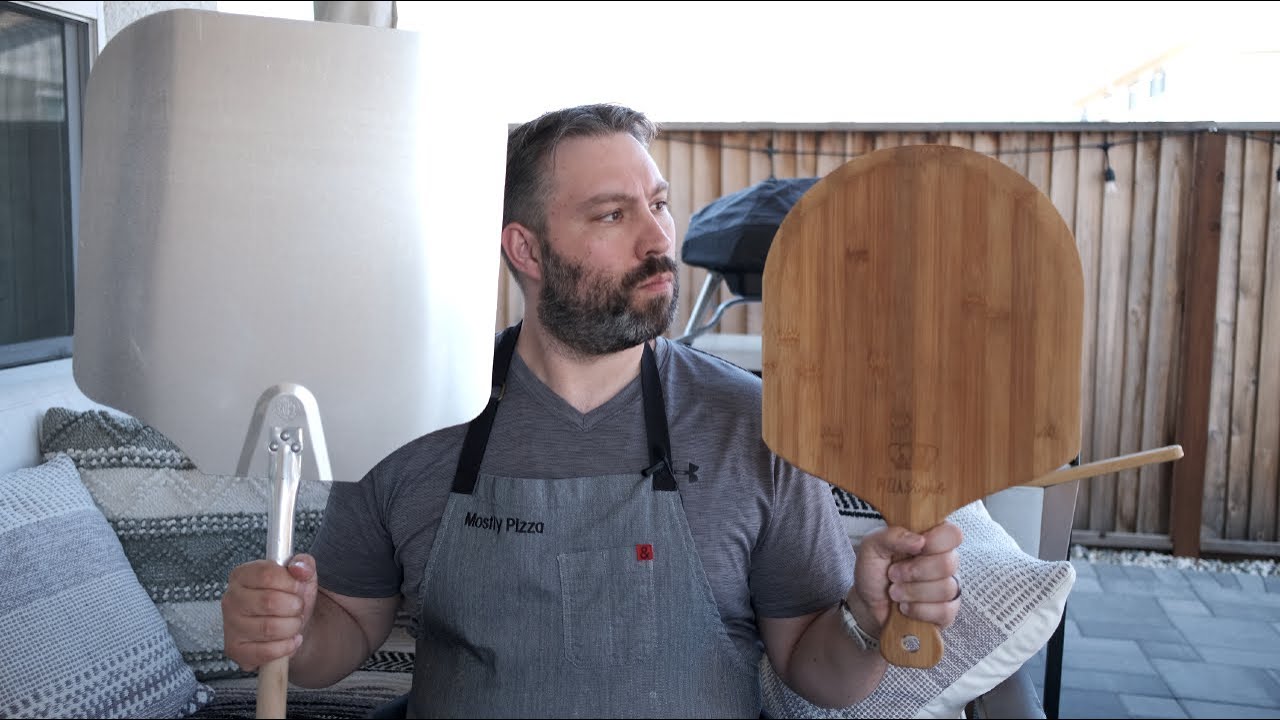Hey there! Today we’re diving into the discussion of metal pizza peel vs wood. Now, I’m not an expert, but I’ve gathered ample experience to shed some light. I’ll take you through my journey with them, discussing the advantages and disadvantages of each. The ultimate question is: which is better, a metal pizza peel or a wooden pizza peel? Well, it really depends on your personal preference and specific needs. Wooden peels are great for preventing dough from sticking, especially when you’re preparing a pizza with moist dough. On the other hand, metal peels conduct heat more efficiently, making them ideal for commercial use or pizzas that require longer cooking times. I’ve also got some specialty peels to show you, which have their own specific uses. So, let’s dive into the world of pizza peels and unravel the ultimate choice between metal and wood.
Get the best selling pizza peel online!
Introduction: Metal Pizza Peel vs Wood
Welcome to the world of pizza making! Whether you’re a seasoned pizza enthusiast or just starting out, one of the essential tools you’ll need is a pizza peel. In this article, we will explore the different types of pizza peels and help you understand which one is best suited for your needs. From traditional wooden peels to modern metal ones, we will discuss the characteristics, benefits, and considerations for each type. So grab a slice of your favorite pizza and let’s dive in!
Understanding Pizza Peels
Definition and Purpose
A pizza peel is a flat, paddle-like tool used to transfer pizzas in and out of the hot oven. Its main purpose is to safely transport the pizza from the preparation surface, usually a pizza stone or baking sheet, to the oven and back again. A pizza peel is typically made of wood or metal and comes in various shapes and sizes.
Types of Pizza Peels
There are two main types of pizza peels: wooden peels and metal peels. Wooden peels are the traditional choice, while metal peels are a more modern alternative. Both types have their own unique characteristics and benefits, so let’s take a closer look at each.
Traditional Vs Modern
While wooden peels have been used for centuries, metal peels have become increasingly popular in recent years. Traditional wooden peels have a rustic charm and are known for their durability and versatility. On the other hand, modern metal peels offer a sleek and professional look, with added benefits such as non-stick surfaces and easy maintenance. Now, let’s explore each type in more detail and see which one is the right fit for you.

This image is property of i.ytimg.com.
Get the best selling pizza peel online!
Wooden Pizza Peels
Characteristics and Benefits
Wooden pizza peels are typically made from hardwood, such as birch, maple, or beech. They have a long handle and a wide, flat paddle that allows you to easily slide the pizza onto and off of the peel. Wooden peels are sturdy and can withstand high temperatures without warping or burning. They also provide a natural non-stick surface, making it easier to transfer the pizza.
One of the key benefits of wooden peels is their ability to absorb moisture, which helps prevent the dough from sticking. The porous nature of wood allows it to absorb excess moisture from the pizza dough, creating a drier surface that is less likely to stick to the peel. This makes wooden peels particularly well-suited for homemade pizzas, where the dough may be more delicate and prone to sticking.
Suitability for Homemade Pizzas
If you love making pizzas at home, a wooden peel is a great choice. The absorbent nature of wood helps prevent your homemade dough from sticking to the peel, making it easier to transfer onto the baking surface. The long handle provides good grip and allows you to safely reach into a hot oven without getting too close to the heat. Wooden peels also give your homemade pizzas a rustic touch, adding to the overall experience and presentation.
Preventing Dough from Sticking
To prevent the dough from sticking to a wooden peel, it’s important to lightly dust the surface with flour or cornmeal before placing the dough on it. The flour or cornmeal acts as a barrier between the dough and the peel, reducing the chances of sticking. Additionally, gently shaking the peel from side to side before sliding the pizza onto the baking surface can help loosen any stuck areas and ensure a smooth transfer.
Metal Pizza Peels
Characteristics and Benefits
Metal pizza peels are typically made from aluminum or stainless steel. They have a thin, flat paddle with a short handle, providing a more compact and lightweight design compared to wooden peels. Metal peels often come with a non-stick coating, which makes them easier to clean and maintain. They also tend to have a smooth surface, allowing the pizza to slide off effortlessly.
One of the key benefits of metal peels is their ability to handle moisture and sticky surfaces. The smooth surface of the metal peel makes it easier to slide the pizza onto and off of the peel, even if the dough or toppings are sticky. Metal peels are also less likely to absorb moisture, which can be advantageous if you prefer a crispier crust or need to work with wetter dough.
Suitability for Commercial Use
If you’re running a pizzeria or regularly making pizzas in a commercial setting, a metal peel may be the better option for you. The lightweight design and non-stick surface make metal peels easier to handle and clean, especially when you’re dealing with high volumes of pizzas. The short handle allows for efficient maneuverability in tight spaces, such as a busy kitchen or crowded oven.
Handling Moisture and Sticky Surface
To ensure smooth transfers with a metal peel, it’s important to lightly dust the surface with flour or cornmeal, just like with a wooden peel. However, the non-stick coating on the metal peel provides an added advantage, minimizing the chances of the dough sticking to the surface. If you’re working with particularly sticky dough or toppings, you may also need to use a spatula or bench scraper to assist in the transfer process.

This image is property of images.unsplash.com.
Choosing Between Metal Pizza Peel vs Wood
Factors to Consider
When choosing between a wood or metal peel, there are a few factors to consider. Firstly, think about the type of pizzas you’ll be making and how frequently you’ll be using the peel. If you’re primarily making homemade pizzas and want the authentic experience, a wooden peel is a great choice. If you’re running a pizzeria or making pizzas on a large scale, a metal peel may be more suitable due to its easy maintenance and efficiency.
Personal Preference
Personal preference also plays a role in the decision-making process. Some people simply prefer the feel and aesthetic of a wooden peel, while others prefer the sleekness and practicality of a metal peel. Consider which type of peel resonates with you more and aligns with your overall pizza-making experience.
Specific Needs and Use Cases
Another important factor to consider is your specific needs and use cases. Do you need a peel that can handle wetter dough or stickier toppings? Are you looking for a durable and versatile option that can withstand high temperatures? Evaluating your specific requirements will help guide you towards the right type of peel for your needs.
Expert Opinion: Discussion on Metal Pizza Peel vs Wood
We had the opportunity to speak with an experienced pizza maker who shared their insight and expertise on wooden and metal peels. According to our speaker, wooden peels have a unique charm and are well-suited for homemade pizzas. They emphasized the benefits of the wood’s absorbent quality, which prevents dough from sticking and makes the transfer process smoother.
However, our speaker also pointed out that metal peels have their own advantages, particularly in a commercial setting. They praised the non-stick surface of metal peels, highlighting how it simplifies the transfer process, especially when working with sticky dough or toppings. Metal peels require less maintenance and are easier to clean, making them a favored choice for professional pizzaiolos.
Our speaker mentioned that there are also specialty peels available for different purposes. For example, some peels are designed specifically for deep-dish pizzas with their deeper and wider paddles. Others may have perforations to allow excess flour or moisture to escape, ensuring a crispier crust.
In terms of cost considerations, wooden peels are generally more affordable than metal peels. However, metal peels tend to last longer and require less frequent replacement, making them a worthwhile investment if you’re using them regularly in a commercial setting.

This image is property of images.unsplash.com.
Conclusion
Pizza peels play a vital role in the pizza-making process, allowing you to safely transport your creations into the hot oven. Whether you choose a traditional wooden peel or a modern metal one, both have their own unique characteristics and benefits. Wooden peels provide a rustic charm and have an absorbent quality that prevents dough from sticking. Metal peels offer a sleek design, non-stick surfaces, and easy maintenance, making them suitable for commercial use. Ultimately, the choice between wood and metal boils down to personal preference, specific needs, and considering expert opinions. So get ready to slide your next pizza creation onto the peel of your choice and enjoy the delicious results!
